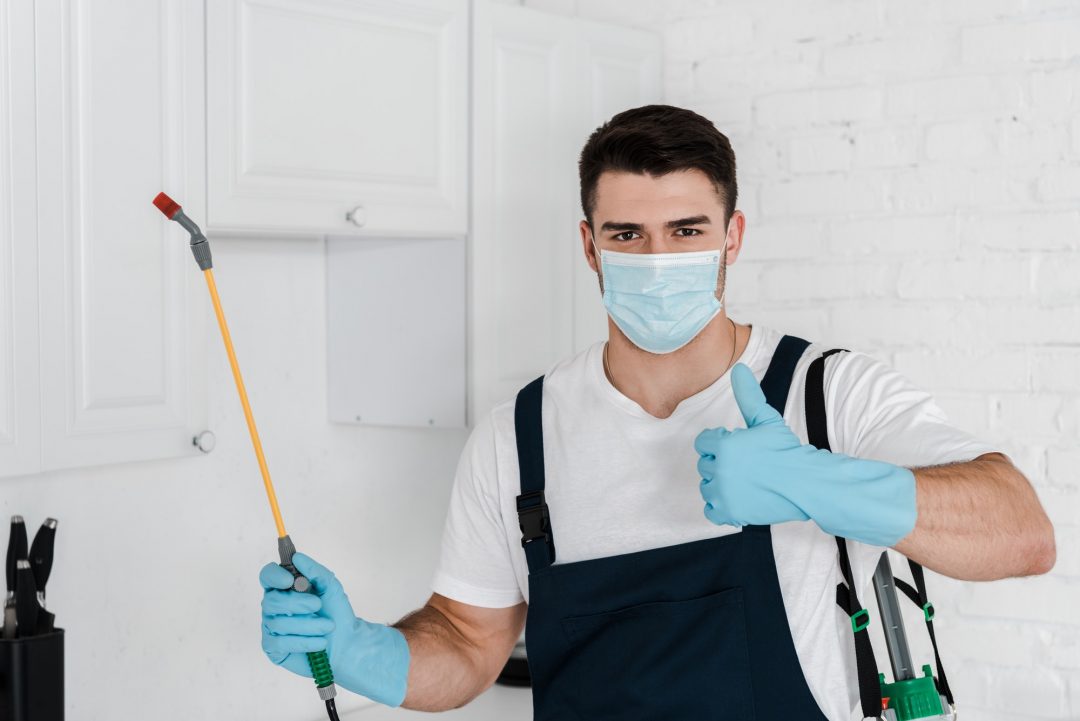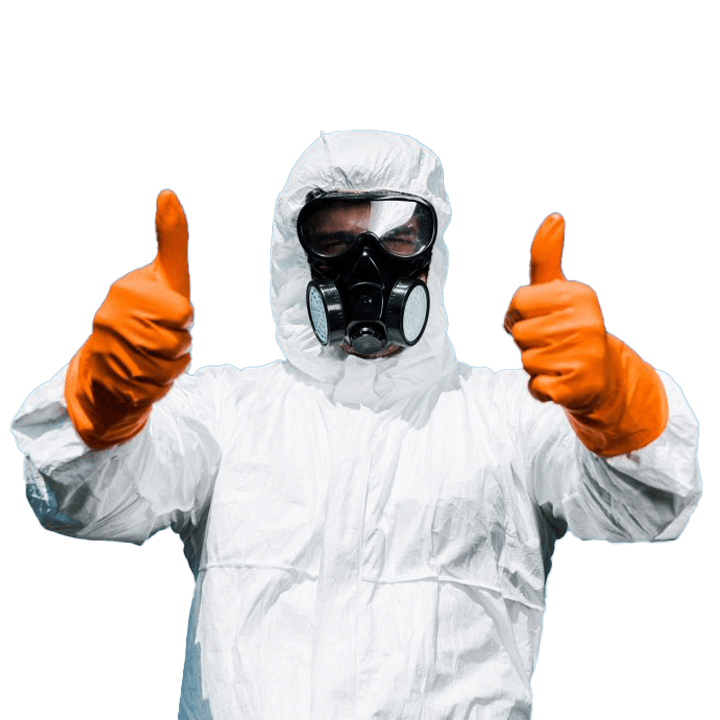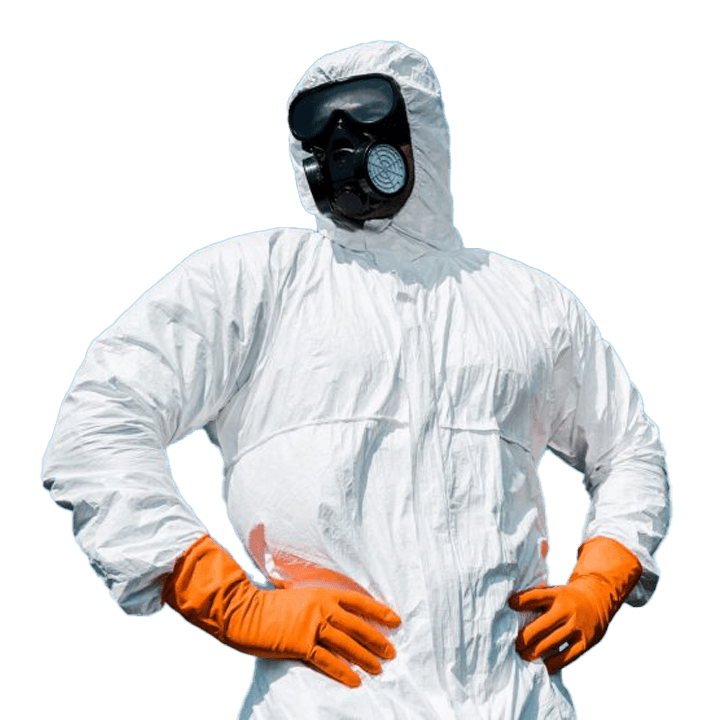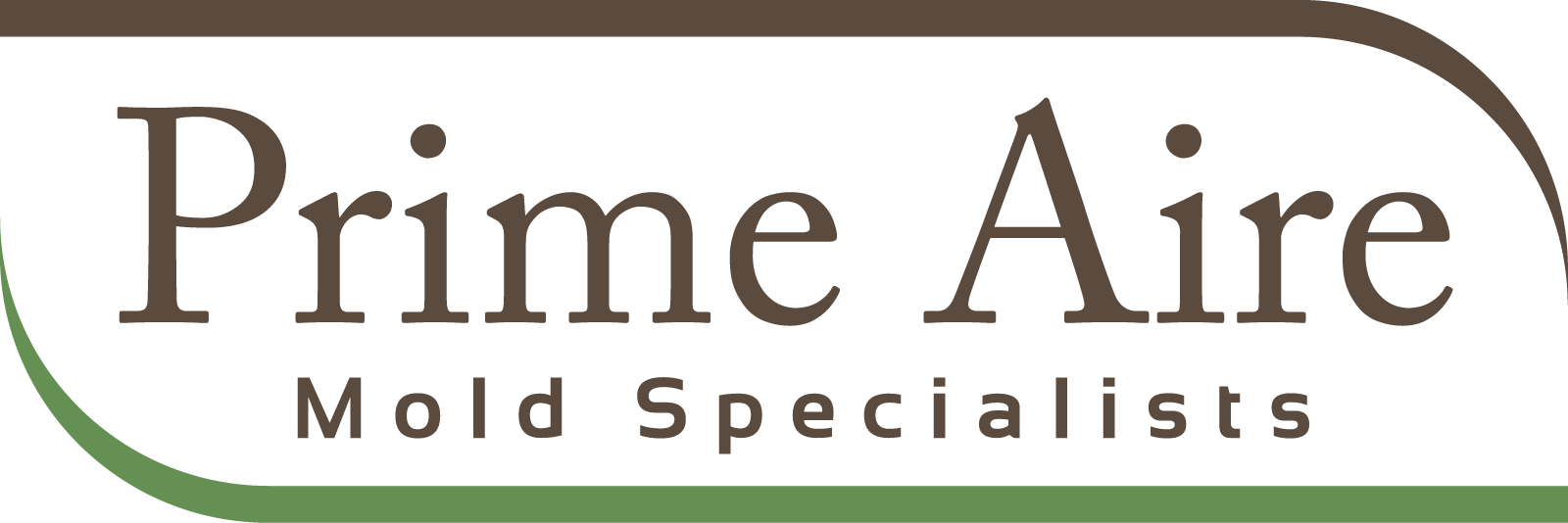- Thermal Imaging | PrimeAire Mold Services
Thermal Imaging
For more specific information regarding your personal mold testing questions and concerns, call PrimeAire to speak to a LIVE certified technician
Thermal Imaging in NYC
Thermal imaging detects heat patterns or temperature changes, and is the most up to date technology in the mold assessor’s tool kit. The human eye cannot see through walls, but thermal imaging cameras can.
Thermal imaging enables PrimeAire Mold inspector’s immediate non-invasive high-resolution evidence of potential moisture and heat conditions. The precise temperature measurement capabilities of thermal imaging are most effective for finding mold situations shortly after a leak occurred, which is the optimum time to locate and pinpoint sources of water intrusion.
Because water has it’s own thermal capacitance, water leaks and moisture intrusion project a uniquely identifiable range. This is good news for the home owner, because it makes it possible for assessors to detect problem areas.
- Mold Testing & Inspection of Surfaces - Air
- Leak Detection and Moisture Testing
- Infrared Inspection & Survey / Infrared Thermal Imaging Assessment
- Mold Assessment, Mold Mitigation and Consulting
- Removal and Remediation
- Water Damage Assessment and Mitigation
- Laboratory Analysis of Mold Samples Taken
- Complete Review of Findings and Laboratory Results
- Recommendations for Mold Removal / Remediation ( If necessary )
Call PrimeAire Mold Services to speak to a Live Certified Mold Professional today.
Mold often grows behind walls and inside ceiling and floor cavities long before it is ever detected. By the time you start smelling an unpleasant odor, rest assured mold has been growing somewhere for some time and every day is growing more. If you suspect you have mold growing indoors, the time to act is sooner rather than later.

Testimonial
Here’s what our customers say
Giving the fresh air back to the household



Why Choose Us
Ad hoc Specific Point - Non Evasive Equipment includes:
- Laser particle counters
- Hygrometers
- Digital Fiber Optics
- Indoor Air Quality (IAQ) Meters
- Thermal Imagers / Infrared Cameras
- Borescopes
- Digital Indicators / Panel Meters
- Humidity / Dewpoint / Moisture Calibrators
- Leak Detectors
- Oscilloscopes
- Spectrophotometers
- Ultrasonic Thickness Gauges
*If your mold inspection is not conducted with infrared thermal imaging, your mold inspection may be inconclusive.
We work with the most skilled, equipped and accredited labs. Analytical accuracy and fast turnaround is our top priority. All mold & toxic mold tests and samples are sent to an accredited laboratory to perform an analysis and most results are available to the client within 48–72 hours.
Goals of Our Mold Investigation
- Determine if there is a mold or toxic mold infestation problem
- Determine the cause of the mold or toxic mold infestation problem
- Determine the extent of the mold or toxic mold infestation problem
Types of Mold Testing Include
- Air Testing using Air Cassettes
- Wall Check Cassettes
- Carpet Check Cassettes
- Bulk, Swab & Wipe Samples
- Tape Lift Samples
- Clearance Testing
Mold Testing Involves Collecting Samples
- Identify the type of mold present
- Quantify the level of mold present
3 Most Common Types of Samples Used in a Mold Inspection
- Surface samples (testing mold growth on surfaces)
- Air samples (testing airborne mold spores)
- Dust samples (mold DNA analysis)
Primary Objectives of Mold Sampling
- Confirm or rule out the probability that mold is originating from a suspect condition indoors
- Assess the potential for property damage caused by mold without invasive procedures
- Assess the potential negative impact of mold on indoor air quality
Thermal Imaging in NYC | PrimeAire Mold Services
We use safe and environmentally friendly measures.
Our Mold Inspection Reports are our pride, digital, organized, easy to read and very well documented providing pertinent Mold Removal guidelines.
If your mold inspection is not conducted with infrared thermal imaging, it may be inconclusive.
See What Infrared Sees:

Common Questions
Frequently Asked Questions
For detailed information or to request a quote, Call PrimeAire Mold Services at 1-877-307-5166 to speak to a Live Certified Mold Professional today.
Mold is a simple organism found everywhere, indoors and outdoors. Mold spores are microscopic (tiny and lightweight) and travel through the air we breathe. Airborne mold spores in large numbers are a known allergen that can cause allergic reactions, asthma episodes, infections, and other respiratory problems for people, especially children and elderly individuals.
Molds can be a major source of building sickness but not the only potential cause. Other issues can cause building sickness.
People living in or working in dwellings with building sickness have symptoms similar to a mild case of influenza (the flu) with the signs and symptoms disappearing within a few hours of leaving the building. Headaches, fatigue, and respiratory problems can also be experienced by people exposed to sick buildings.
Mold will grow in an environment that is warm, moist and unventilated. Once airborne, mold spores can be spread throughout your structure via the air duct system.
Mold can grow within areas of the house / building that you do not see. Wherever there is exposure to water and a mold "food source" such as cellulose (a component of wallboard), mold can grow. Areas such as the interiors of walls, showers and bathrooms, crawl spaces, attics, drywall tape, cracked plasterboard and dampened carpets are a few discovery areas for mold exposure.
New building methods make buildings better insulated and thus more likely to retain molds within the structure. Buildings are more airtight and any unventilated moisture that gets inside stays trapped inside, allowing mold to grow and spread rapidly.
Molds will grow any time the environment is favorable. Molds can be introduced into the house / structure when the building is under construction or after completion through events such as water damage from leaky pipes, roof leaks, sink, tub, or toilet overflows, cracks in the sealant around tubs /showers and use of inadequate materials during construction. There are documented cases demonstrating the damage caused by contractors allowing building materials to become wet during construction.
See examples of recent mold damage coverage: Forbes magazine: "The Fungus That Ate Sacramento;" CBS News: "Black Mold - Creeping Destruction;" CBS News/ 48 Hours: "Brockovich Takes on a New Foe: Mold;" CBS News/48 Hours: "An Insidious Mold."
In the past, insurance companies have covered mold repairs, but this is changing. Due to litigation and expensive repairs that can be incurred, insurance companies are now starting to consider mold issues a "maintenance issue" even if it costs thousands of dollars to repair/replace walls, etc. Please consult your insurance policy to see if you are covered.
It is possible to clean up visible (surface) mold with a solution of water and bleach, but precautions should be taken. For specific instructions, please refer to FEMA at http://www.fema.gov/diz00/d1345n06.shtm. Mold that is not visible however may require professional remediation.
By eliminating all of the mold that you can see, you may help your situation. However, this may not be the final solution since contamination may be originating from sources such as carpets, the inside of walls, air ducts, crawl spaces and sources outside of your home or building.
